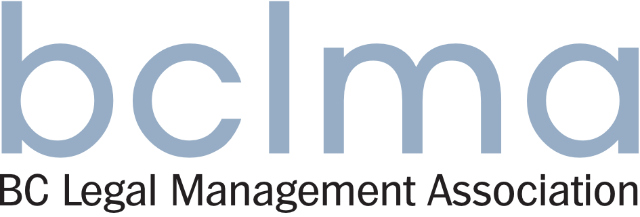Since the invention of the Gutenberg printing press in the 15th century, the human race has been searching for innovative ways to organize, store and exchange large amounts of information. In just the past 60 years, we’ve seen the progression from magnetic disk drives (e.g., floppy disks) to optical devices (e.g., CD-ROM) to web-based systems (e.g., the cloud).
Those who work in the legal profession know that few industries are as document-intensive and as reliant on document content for determination of outcomes; yet development of new approaches to assist in the process has been slow. In addition, the inherent sensitivity of legal documents changing hands between parties – any one of which could be financially disastrous if not handled properly – has forced technology developers to slow down and make sure they emphasize risk management over speed.
“Document management has been one of those tough problems for law firms to solve because the solutions that have been on the market for so many years are based on thinking about electronic documents as if they’re paper ones. The results have been detrimental to all of us in the legal field,” said Kevin Harrang, co-founder of MetaJure, developer of an automated document management system for the legal industry. “All told, time wasted in document creation and management activities cost firms an estimated $9,071 per lawyer each year, or a 9.8% loss in the firm’s total productivity. For a firm with 100 lawyers, that’s more than $900,000 every year. It doesn’t have to be that way.”
Harrang, who served as deputy general counsel for legal operations at Microsoft prior to starting MetaJure with noted IP attorney Marty Smith, sat down with us recently and revealed five common myths about document management in the legal profession:
Myth #1: You have to re-save documents into a special repository to properly manage them.
“The previous generation of document management systems were built on the thesis that electronic documents are just like paper ones — if you want to find them later, you need to organize and store then centrally,” said Harrang. “But it’s not true anymore. Unlike paper documents, electronic files don’t need to be kept together to be searchable, as long as the system knows where they are. It’s just like the Web: no one organizes it, and yet you can find almost anything because Google indexes everything for you.”
Myth #2: Documents need to be manually tagged, profiled or otherwise categorized.
“Besides manual uploading, the other common feature of all current document management products is that they task users with the chore of filling out profiles for every document entered into the system,” noted Harrang. “Not only is this time-consuming and bothersome, it is also wholly unnecessary. Search technology is now sufficiently sophisticated that documents can be easily and quickly located with simple keyword searches.”
Myth #3: Taxonomies are the key to organizing documents.
“Anyone who has installed a document management system knows that you start by trying to figure out a taxonomy for your organization — the classification system for all your documents — and if you’ve tried this, you know how challenging it can be to figure this out,” said Harrang. “But just like with document tagging and profiling, the solution is to simply stop doing it. A smart document management system, like Web search, doesn’t need taxonomies or categories to find what you’re looking for.”
Myth #4: You can make people use a document management system.
“This is probably the most overlooked problem in law firms,” observed Harrang. “It is usually just assumed that when asked, users will put all their documents into the system. But where this takes time and requires multiple manual steps, even the most well-intentioned users will fall behind on compliance. No wonder that when actually measured, organizations typically find that fewer than 50% of their documents ever make it into the document management system.”
Myth #5: You can’t just let people organize and store their documents however they please.
“It sounds like chaos to let people do whatever they want when it comes to naming, storing and filing their documents,” said Harrang. “What’s counter-intuitive, however, is that requiring users to save their documents a second time in a central document management system is what creates disorder. Users already create, name, organize and save their documents locally, all of which are easily findable using smart document management. Asking users to upload documents they’ve already named and saved into a central system with a different organizational structure is inefficient and ineffective.”
Earlier this year, MetaJure teamed up with LexisNexis Managed Technology Services to offer its automated document management system to clients in a secure cloud-based environment. LexisNexis has more than 35 years of experience managing large amounts of legal industry data at nine global data centers around the world, providing full service data center operations, managed hosting, cloud and disaster recovery services. The company’s world-class managed network services are monitored 24x7x365 and LexisNexis maintains a comprehensive set of compliance and assurance programs — including SOC 1 (SSAE 16), SOC 2 and ISO 27001 certifications — to help clients meet various security and compliance measures.
* * *
This post is by Daryn Teague, who provides support to the litigation software product line based in the LexisNexis Raleigh Technology Center.
